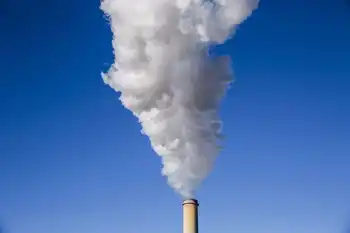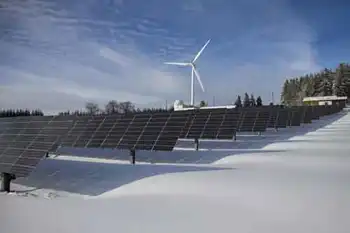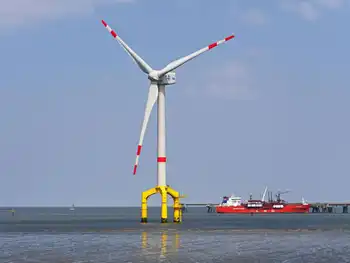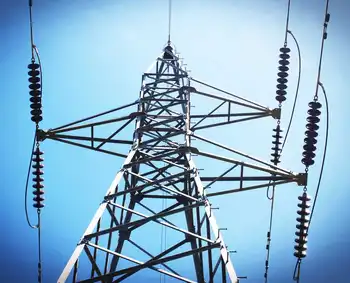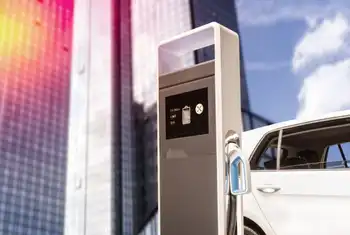US gives four biofuel companies $650 million in loan aid
By Reuters
NFPA 70e Training
Our customized live online or in‑person group training can be delivered to your staff at your location.

- Live Online
- 6 hours Instructor-led
- Group Training Available
The government is supporting the development of new feedstocks for ethanol to ease dependence on corn. Nearly 40 percent of the U.S. corn crop goes to making ethanol, which has spurred concerns from environmentalists and food groups that production of the fuel can raise food prices.
The Agriculture Department gave Coskata Inc loan aid of $250 million to build and operate a 55 million gallon-per-year gpy plant to make cellulosic ethanol from woody biomass in Alabama. It was the largest loan guarantee ever for a U.S. biofuels producer, said the Renewable Fuels Association, an industry group.
"Our belief is the industry is here to stay," said Agriculture Secretary Tom Vilsack, of cellulosic ethanol in a press teleconference. "There is still tremendous opportunity here."
Making commercial amounts of advanced fuels at prices competitive to fuels made from corn and soyoil has proved difficult, prompting several small companies to fold. U.S. environment regulators late last year slashed the amount of the advanced fuel that must be produced this year.
The Energy Department offered Diamond Green Diesel, LLC, a joint venture between Valero Energy Corp VLO.N and Darling International Inc, a loan guarantee of $241 million.
The aid will support the construction of a 137 million gpy renewable diesel plant in Norco, Louisiana, to make fuel from animal fat, used cooking oil and other waste grease. The company estimates the project will create 700 jobs.
Under loan guarantees, the federal government commits to paying portions of private loans in case the companies default on them.
The USDA also offered Enerkem Corp a loan guarantee of $80 million to build a biorefinery that will produce 10 million gpy of advanced biofuel from municipal trash in Mississippi.
And it awarded INEOS New Planet BioEnergy LLC $75 million in loan aid to make biofuels from citrus waste and other agricultural debris in Vero Beach, Florida.
The recession has also slowed development of new feedstocks that are supposed to begin replacing corn.
An early recipient of federal assistance, Range Fuels, has decided to shut down operations while raising more investment money. Range Fuels received an $80 million USDA loan guarantee in 2009, following a $76 million Energy Department grant in 2008 for a plant in Georgia, and raised $100 million in private capital in 2008.
Jonathan Silver, the chief of the Energy Department's loan guarantee program, said until now, the DOE had faced challenges in helping producers of new biofuels. In part, that was because financiers there had trouble understanding how sales from such plants work in commodity markets, Silver said at the Clean-tech Investor Summit in Indian Wells, California.
Separately, the government also issued loan aid to solar power. The DOE awarded $967 million in loan aid to an NRG Energy subsidy to help pay for the world's biggest solar plant using photovoltaic panels at the Agua Caliente plant in Arizona.





